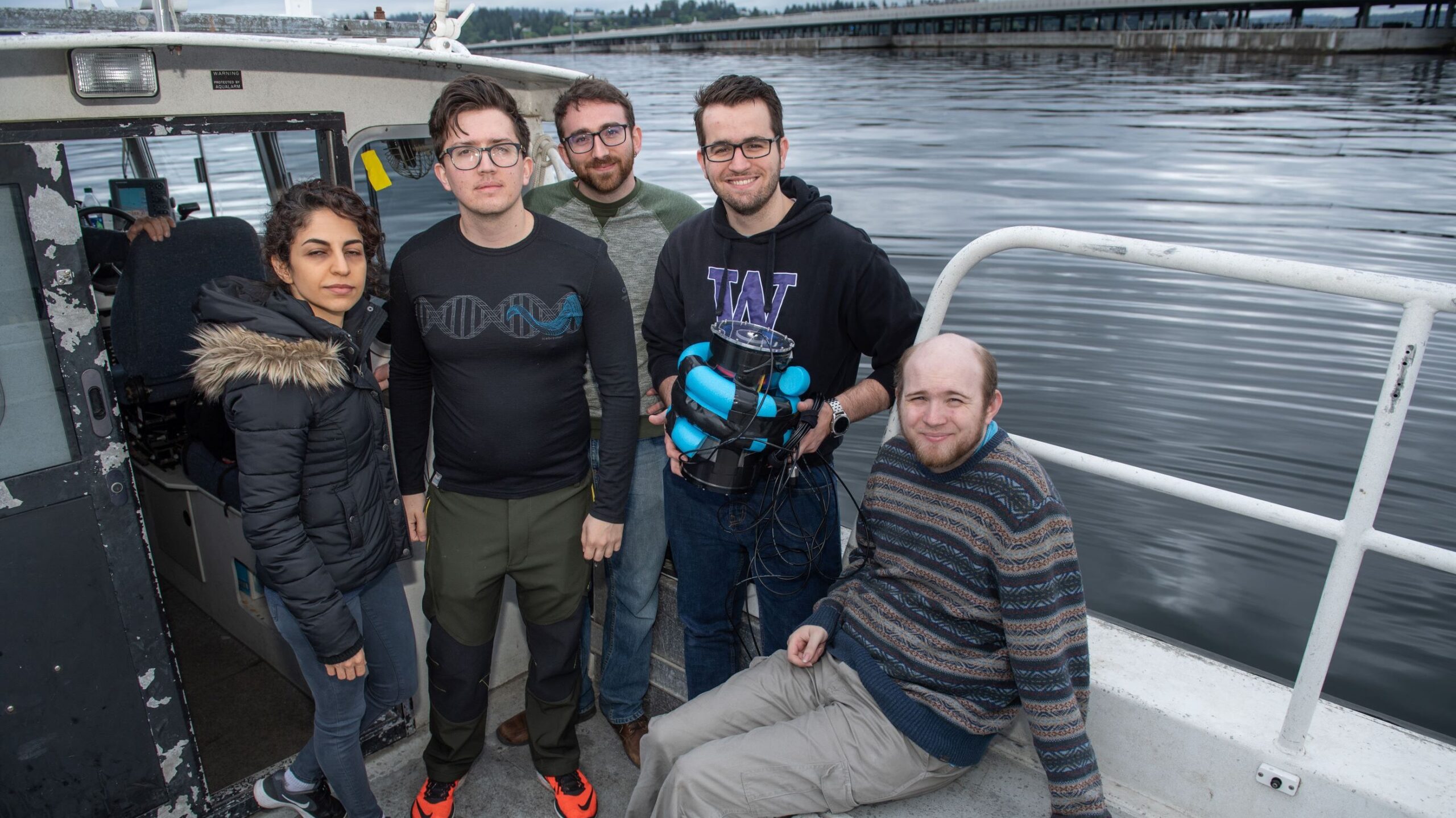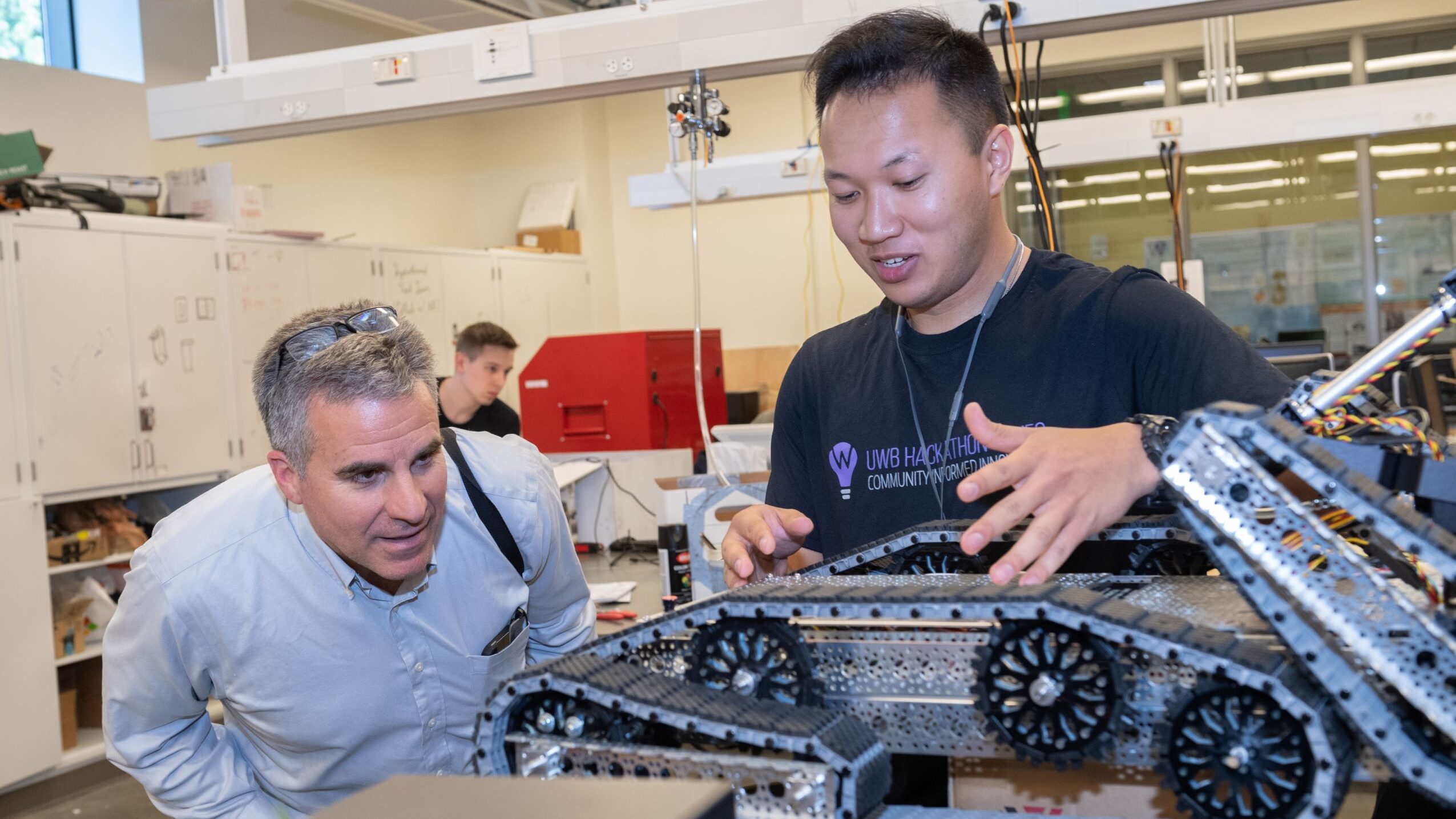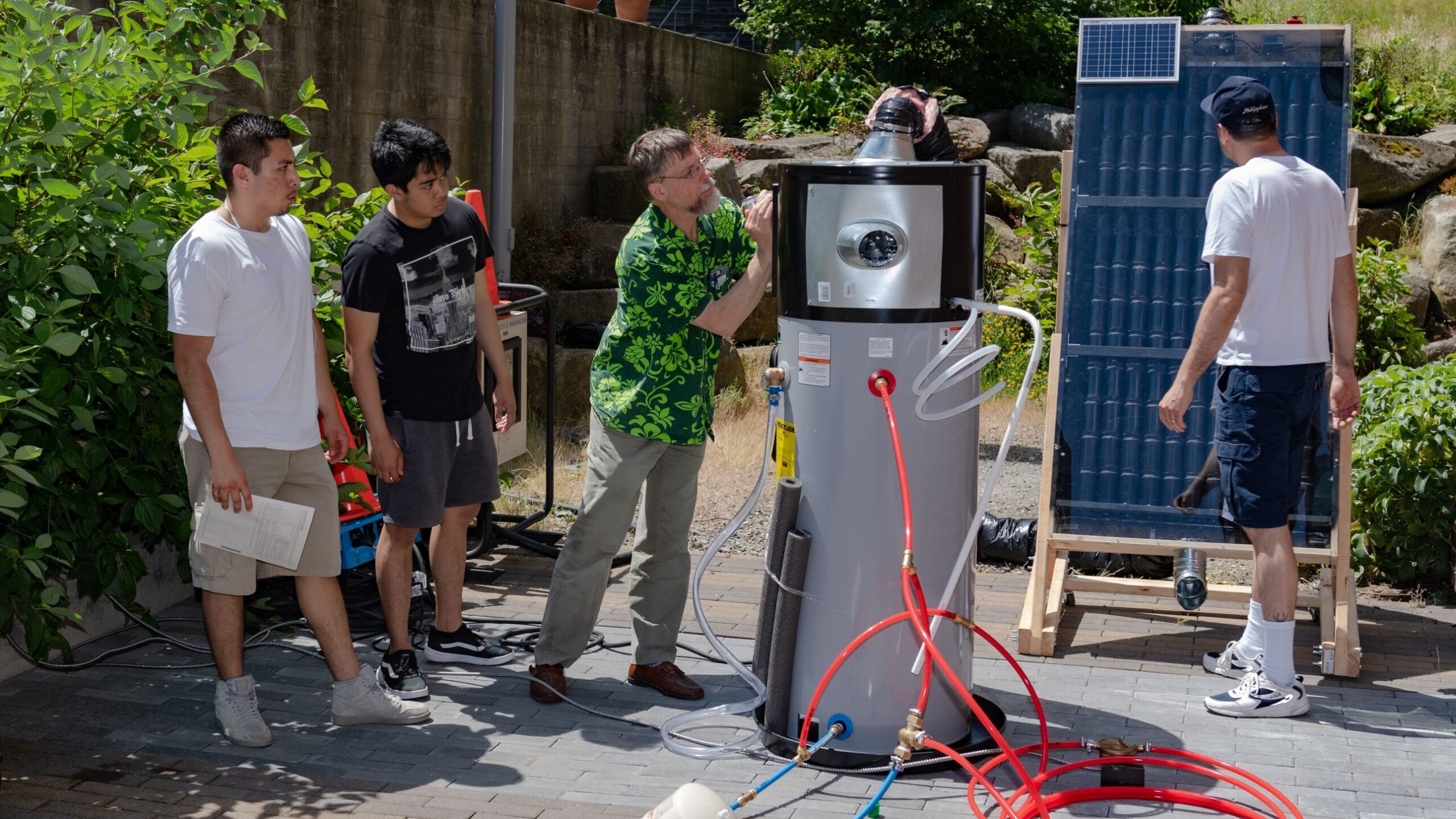Mechanical Engineering Capstone

Philosophy
We provide a cohort model for our senior Capstone students. Senior ME students start in fall and proceed through a prescribed three-quarter sequence. Where possible, projects target potentially impactful solutions to important problems. As such, those projects generally require multiple teams working across multiple years to solve, with, however, critical and valuable milestones achieved in a given year. Like most real-world problems, therefore, projects associated with Capstone require a cross-disciplinary effort, involving when possible students from a variety of disciplines, including Electrical Engineering, Computer Engineering, Computer Science, Biology, among others. The Capstone sequence also embodies cross-generational aspects.
Optimal teams include not only seniors but also juniors, sophomores, and freshman from disciplines beyond Mechanical Engineering on a volunteer basis only (they cannot earn credit). An important result of this involvement by students earlier than their senior year is that it allows continuity across the years in support of a given project. Involving students across the institution and throughout their undergraduate career also gives to more junior students exposure at an early stage to the research, development, design and build steps associated with the Capstone process, steps typically required for addressing real-world problems.
Contact
Please contact Dr. Imen Hannachi (imen@uw.edu), if you wish to discuss sponsorship of a Capstone project involving Mechanical Engineering – either alone or with other disciplines (such as Electrical Engineering, Nursing and Health Studies, Computing and Software Systems).

Capstone curriculum
We offer a one-year capstone experience, divided into three quarters. The first quarter gives an overview of the non-technical aspects of the student’s group capstone project. The second quarter has as its focus the design of the device at the heart of the capstone experience. During the third quarter the students build and demonstrate their device.
Fall quarter
In fall quarter we start with an exploration by the students of their individual strategic focus: their interests, their professional strengths and weaknesses, their long-term professional goals, and the like. We then introduce the capstone projects, many of which are continuations of a capstone project from the previous year, to which some of the students might have contributed before their senior year. The students prioritize the projects; we then assign them to a project, in teams of four. The students remain focused on their project for the rest of the year, with the allowance of some attention to other projects that also interest them.
Winter quarter
In winter quarter we move through a formal Design process following a variant of the IDEO design philosophy. This requires some iteration on the work performed in the first quarter. During the second phase of the Design process (“Experience Design”) the students use the research material they gathered during Fall quarter and during the first Design phase to further refine specific product or device concepts with attention to the full experience by the user of their potential device-based solutions to the user’s problems. This includes attention to ergonomics, work flow, risk analysis, user requirements, among other critical topics. The students produce their first and necessarily crude prototypes at this stage whose virtue is rapid construction and simple testing of basic assumptions by the engineers. By the end of the Winter quarter the students provide a robust map of the context and use case of the specific device they will build in Spring quarter. They will also provide a formal project plan with sufficient component and budget detail to map the milestones they need to achieve in Spring Quarter during the Build Phase.
Spring quarter
Finally, during spring quarter, the students learn about the manufacturing processes likely necessary to turn their prototype into a manufactured product. During this last part of the Build Phase the students may re-design elements of their prototype – but not act on that re-design – with a critical eye towards manufacturability.

